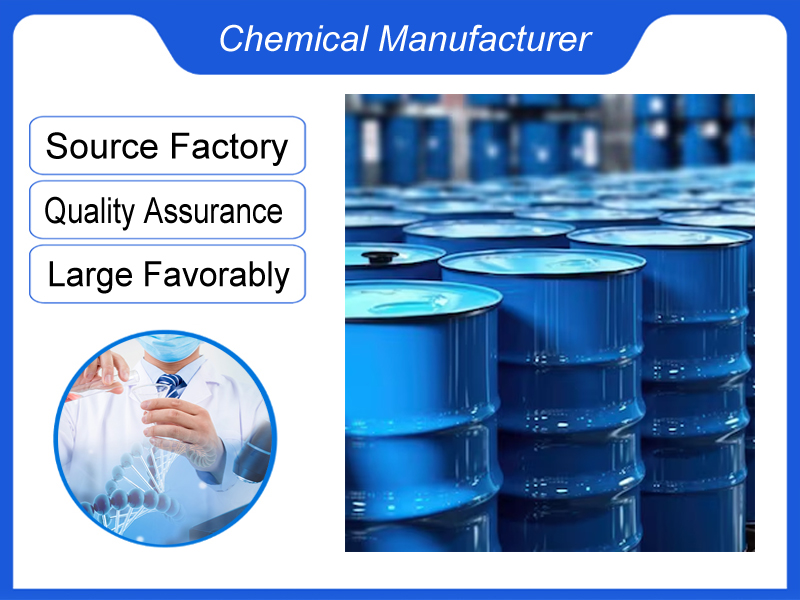Introduction
Performance Features
Excellent film fullness, weathering resistance, good drying, levelling
Main Applications
Topcoat or clearcoat for car
High Hydroxyl Polyol Resin: Overview and Key Properties
| Category |
Details |
| Chemical Type |
Polyether or polyester polyol |
| Hydroxyl Value |
200–800 mg KOH/g |
| Functionality |
2–6 (typically 2–3) |
| Viscosity (25°C) |
500–10.000 mPa·s |
Key Characteristics
| Property |
Typical Range |
| Molecular Weight |
500–5.000 g/mol |
| Acid Value |
<2 mg KOH/g |
| Water Content |
<0.1% |
| Glass Transition Temp. (Tg) |
-60°C to +50°C |
Production Methods
| Process |
Description |
| Polyether Route |
Alkylene oxide polymerization |
| Polyester Route |
Diacid/diol condensation |
| Modification |
Grafting or chain extension |
Primary Applications
| Industry |
Use Case |
Key Benefit |
| Polyurethanes |
Flexible foams, elastomers |
Crosslink density control |
| Coatings |
2K polyurethane systems |
Improved adhesion |
| Adhesives |
Structural bonding |
Enhanced toughness |
| Elastomers |
Cast PU parts |
Mechanical property tuning |
Formulation Guidelines
| Component |
Role |
Typical Ratio |
| Polyol Resin |
Base polymer |
60–90% |
| Isocyanate |
Curing agent |
10–40% (NCO:OH = 1:1) |
| Catalysts |
Reaction control |
0.1–1% |
| Additives |
Property modifiers |
1–5% |
Performance Advantages
| Feature |
Impact |
| High Reactivity |
Faster cure times |
| Tunable Flexibility |
Wide hardness range (Shore A 50–D 80) |
| Chemical Resistance |
Improved vs. low-OH polyols |
Comparison with Other Polyols
| Parameter |
High-OH Polyol |
Low-OH Polyol |
| Cure Speed |
Fast |
Slow |
| Crosslink Density |
High |
Low |
| Flexibility |
Adjustable |
Inherently flexible |
Safety & Handling
| Aspect |
Requirement |
| Storage |
Nitrogen blanket, <40°C |
| VOC Content |
<50 g/L (solvent-free) |
| PPE |
Gloves, eye protection |
Market Data
| Application |
Market Share |
Growth Rate |
| Flexible Foam |
45% |
4.2% CAGR |
| Coatings |
30% |
5.8% CAGR |
| Adhesives |
25% |
6.5% CAGR |
Key Benefits and Limitations
| Advantages |
Limitations |
| Precise property control |
Moisture sensitivity |
| Broad formulation window |
Higher cost than conventional polyols |
| Excellent mechanicals |
Requires strict stoichiometry |
Summary
High hydroxyl polyol resins enable advanced polyurethane systems with tailored performance, particularly where enhanced crosslinking and durability are required. Their versatility continues to drive innovation in sustainable and high-performance material development.
Inquiry






